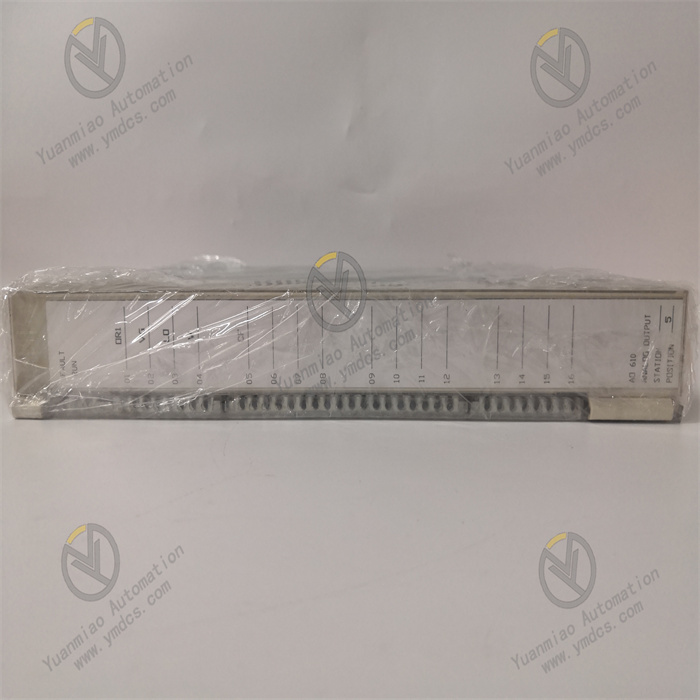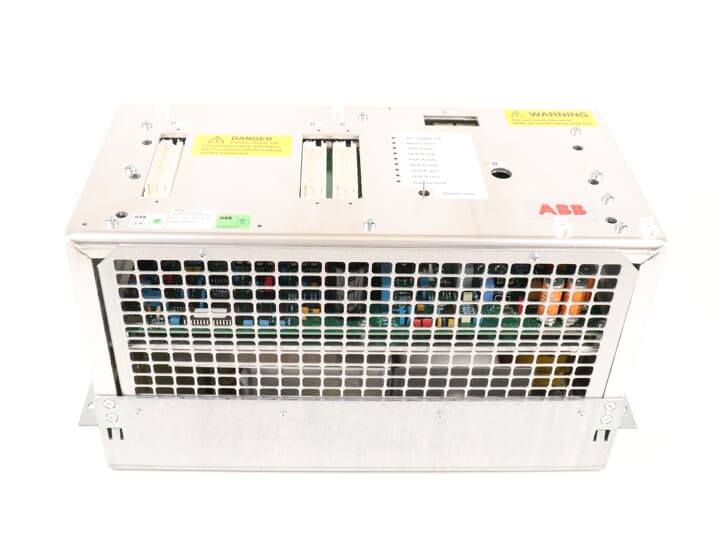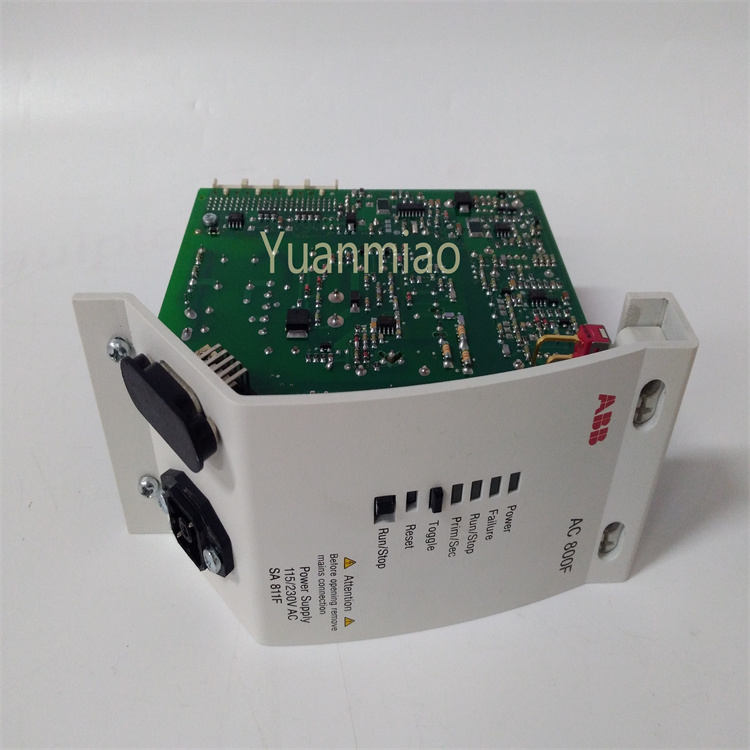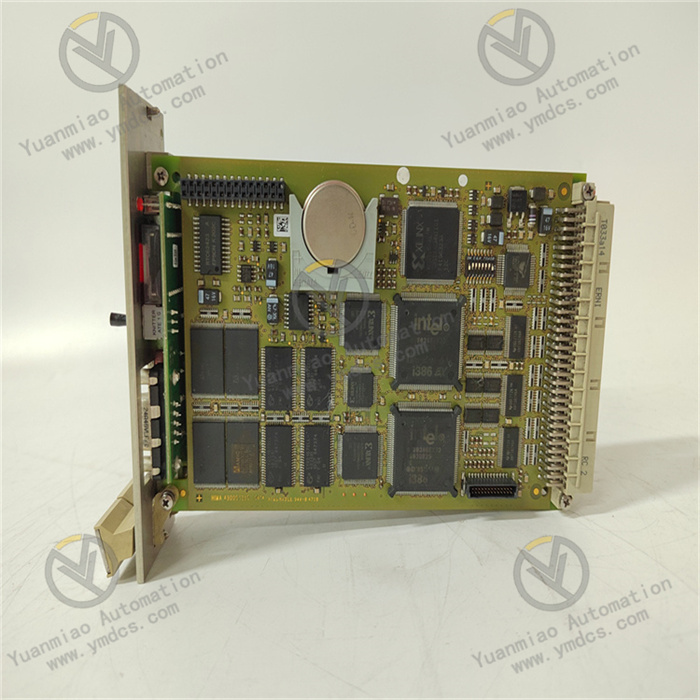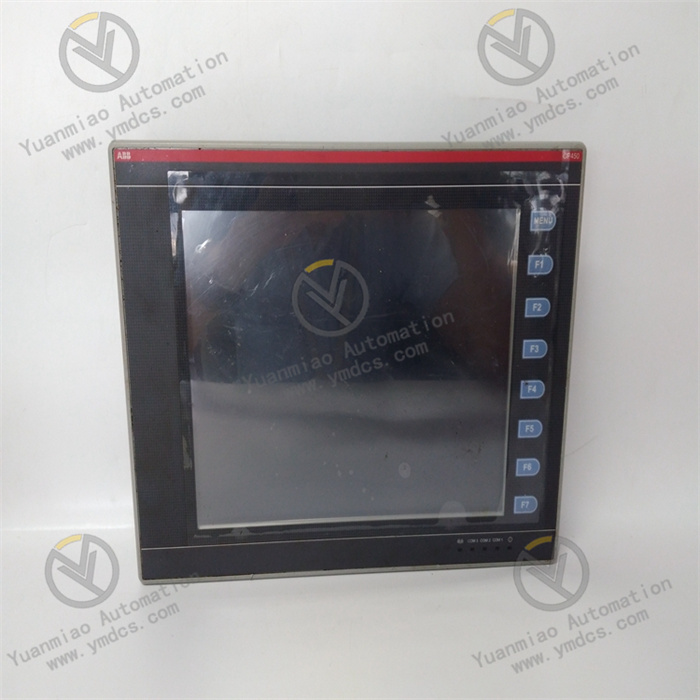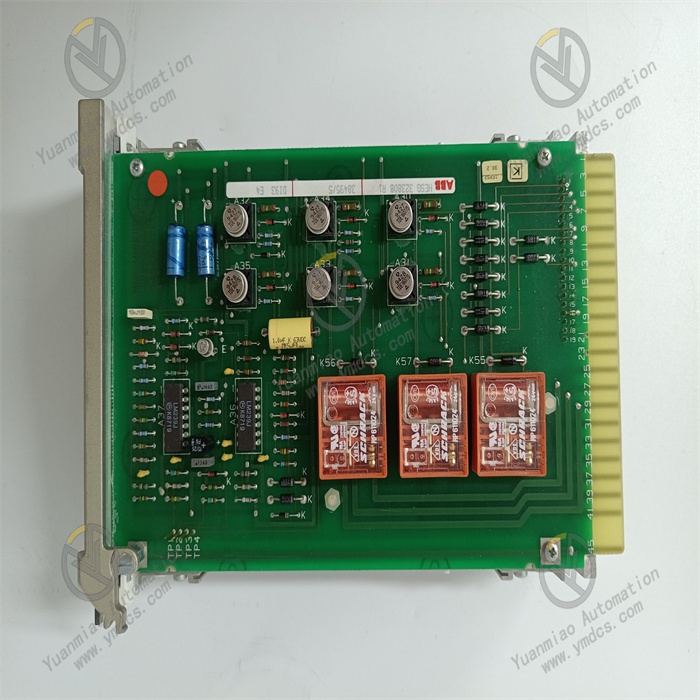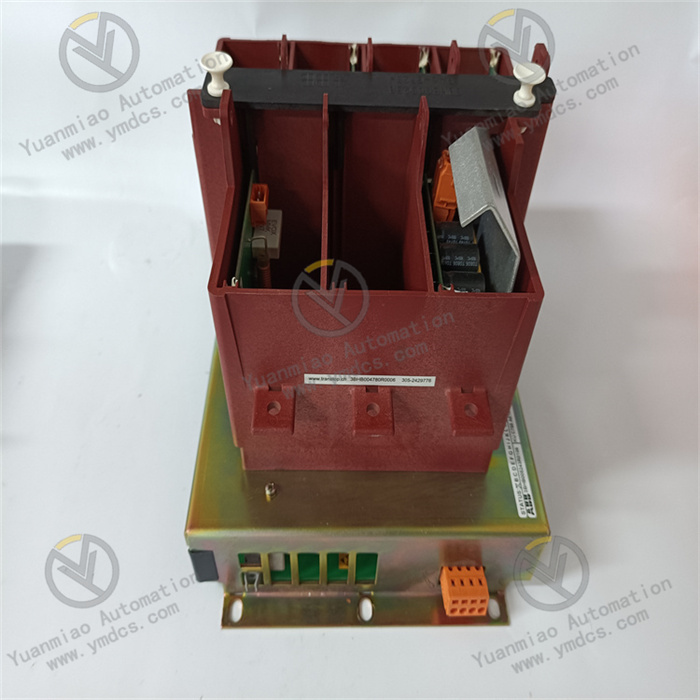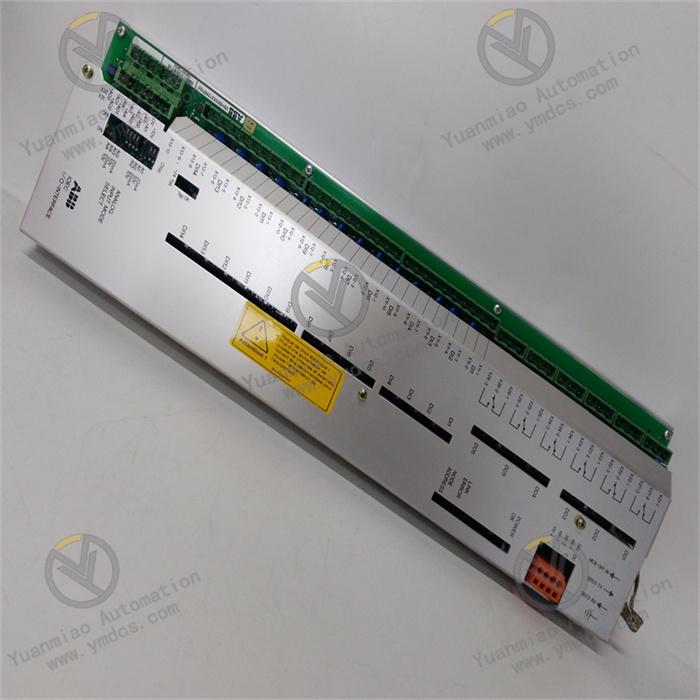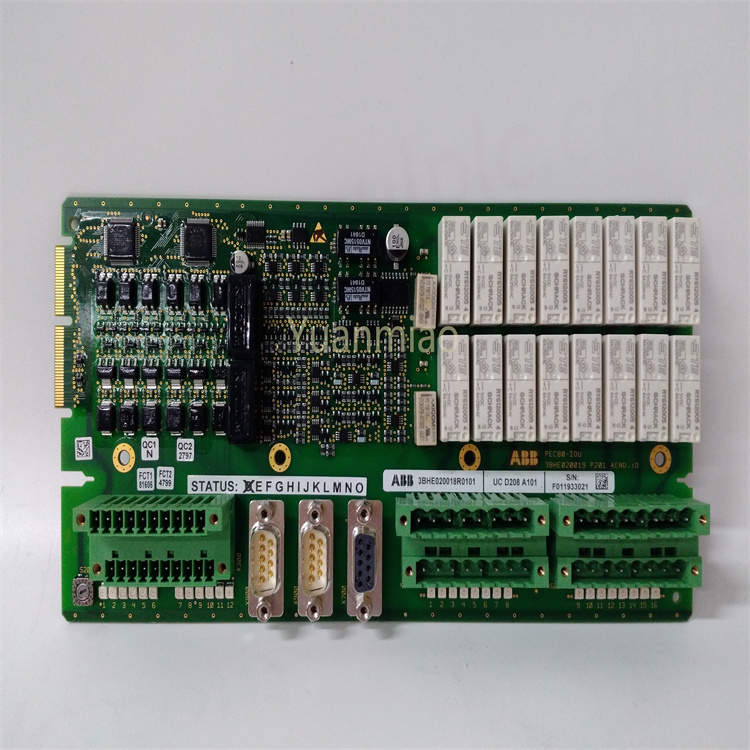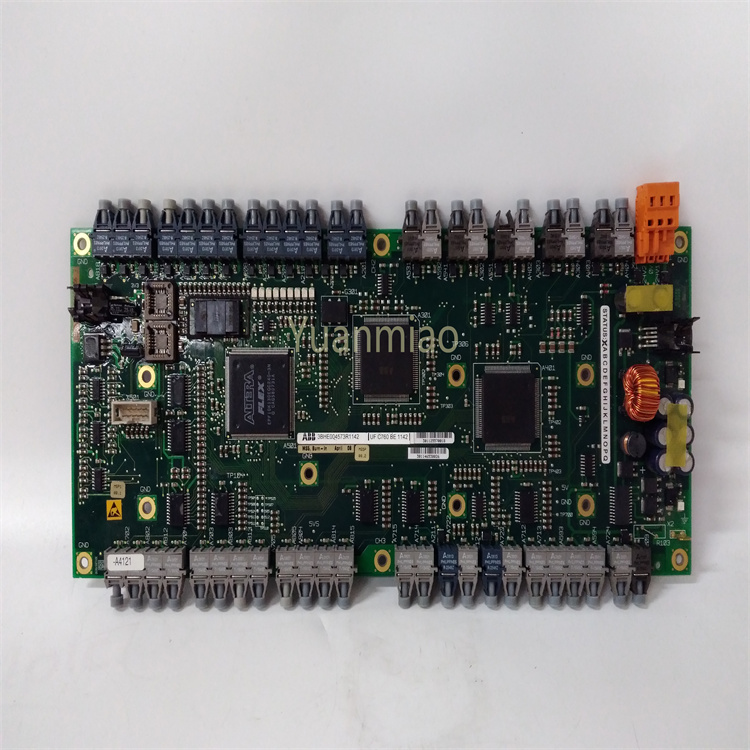Description
The GE DS200TCPDG2BEC is a product of General Electric (GE) Company and may belong to the relevant modules of its Mark V series.
Functional Purposes
Industrial Control Signal Processing: It is highly likely to be used in industrial automation control systems. As a part of the Mark V control system, it undertakes the important task of processing and transmitting control signals. For example, it may be responsible for converting and amplifying the command signals from the controller to drive the actuators, such as motors and valves, to achieve precise control of industrial equipment and ensure that the equipment operates stably according to the preset parameters and processes.
Data Interaction and Communication: It supports multiple communication protocols and is able to interact and communicate with other devices or systems. It can receive real-time data from devices such as sensors and transmitters, and at the same time, transmit the processed data to the upper computer or other intelligent devices, enabling remote monitoring and networked management of the equipment. This makes it convenient for operators to promptly understand the operating status of the equipment and carry out remote control.
Hardware Specifications Processor and Chips: It is equipped with processors and related chips suitable for industrial control, such as microprocessors and application-specific integrated circuits (ASIC), etc. It has strong data processing capabilities and real-time response capabilities, and can quickly process various control signals and data to meet the high real-time requirements of industrial sites. Input and Output Interfaces: It has a rich variety of input and output interfaces. These include analog input (AI) interfaces, which are used to connect analog sensors, such as temperature, pressure, and flow sensors, to receive continuously changing analog signals; digital input (DI) interfaces, which are used to receive switch signal statuses, such as those from buttons and limit switches. The output interfaces include analog output (AO) interfaces, which can be used to control devices such as control valves and frequency converters; digital output (DO) interfaces, which are used to drive executive components such as relays and contactors to achieve on-off control of external devices. Storage Units: It is equipped with storage units of a certain capacity. This includes random access memory (RAM) for temporarily storing operation data and program variables, and read-only memory (ROM) or flash memory for storing fixed program codes, configuration parameters, and historical data, etc. This ensures that important information can still be retained when the device is powered off, and it is convenient for program upgrades and parameter modifications.
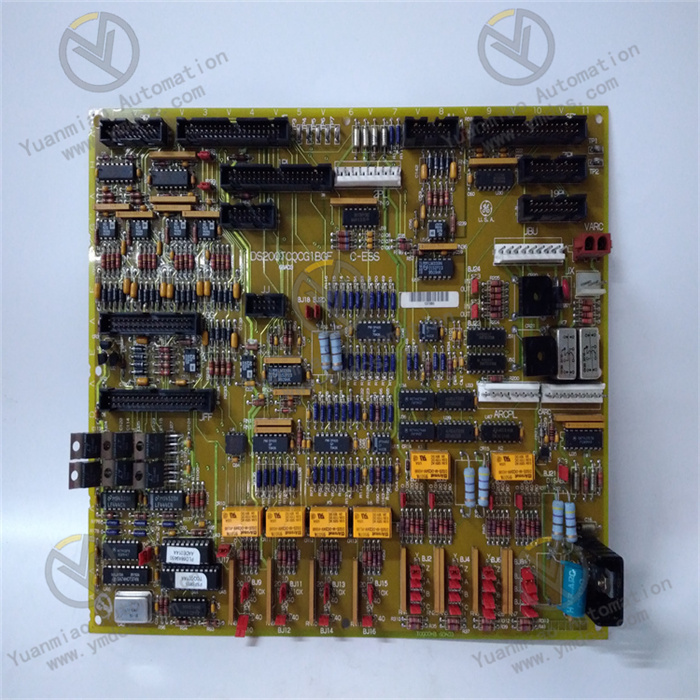
Physical Characteristics
Dimensions and Shape: It usually adopts a standard board size design for easy installation in industrial control cabinets or equipment. It may have a structure similar to a plug-in type, which is convenient for inserting into specific slots or backplanes for integration with other modules. The specific dimensions may vary according to the actual design, but generally, it will follow industrial standards to ensure compatibility and interchangeability.
Installation Methods: It supports multiple installation methods. Commonly, there is DIN rail installation, where the module is fixed on the DIN rail through rail clips. This method is convenient for quick installation and disassembly, making maintenance and module replacement easier. It may also support screw-fixed installation, where screws are used to fasten the module to the installation plate or cabinet, providing a more stable installation method, which is suitable for industrial environments with large vibrations or high requirements for stability.
Protection Level: To adapt to harsh industrial environments, it may have a certain protection level, such as IP20 or a higher level. The IP20 protection level can prevent dust from entering the device, providing a certain degree of protection for the internal electronic components of the device. At the same time, it can withstand a certain degree of collision and impact to ensure the reliable operation of the device in industrial sites.
Electrical Specifications
Power Supply Requirements: It requires a stable DC power supply. The common DC power supply voltage may be 24VDC, but the specific voltage range may vary depending on the model and application scenario. Generally, it will have a certain voltage tolerance and can work normally within a certain voltage fluctuation range to adapt to the slight changes in the power supply voltage at industrial sites.
Power Consumption: In normal operation, it will consume a certain amount of power. Its power consumption level is relatively low to reduce energy consumption and heat dissipation requirements, lower the operating cost of the system and the requirements for heat dissipation equipment. At the same time, it also helps to improve the energy efficiency and reliability of the device.
Reliability and Stability Anti-interference Ability: It has a good electromagnetic compatibility (EMC) design. By adopting measures such as shielding technology and filter circuits, it can effectively resist various electromagnetic interferences in industrial sites, such as the electromagnetic noise generated by motor starting, frequency converter operation, and high-frequency equipment, etc. This ensures the stable operation of the module in a complex electromagnetic environment and avoids signal distortion or misoperation. Fault Diagnosis and Protection: It may have a complete fault diagnosis function, which can monitor its own operating status in real time. When a fault occurs, such as overvoltage, overcurrent, overheating, short circuit, etc., it can promptly send out an alarm signal and take corresponding protection measures, such as automatically cutting off the power supply and blocking the output, etc., to prevent equipment damage and the expansion of accidents. At the same time, it is convenient for maintenance personnel to quickly locate and troubleshoot the fault, reduce downtime, and improve the availability of the system.
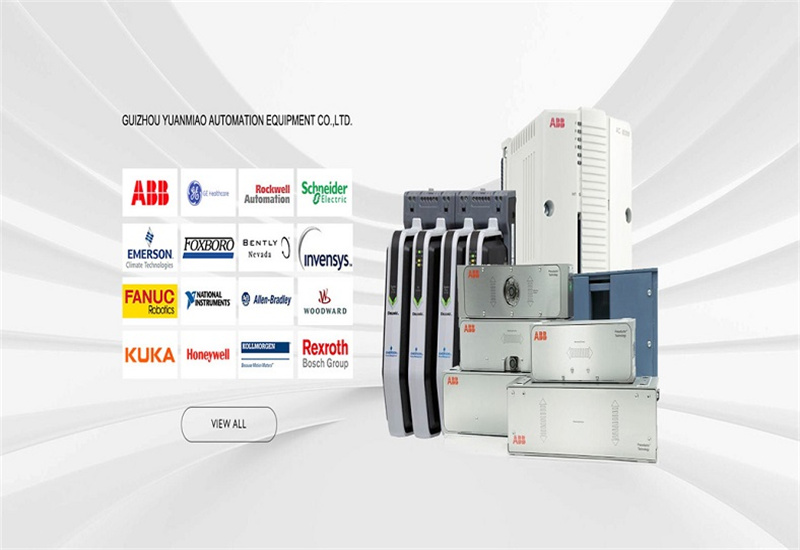
Main brands include: ABB, Bailey, GE, FOXBORO, Invensys TRICONEX, Bentley BENTLY, A-B Rockwell, EMERSON EMERSON, B&R, MOTOROLA, FUANC, REXROTH, KUKA, HONEYWELL, NI, DEIF, Yokogawa, WOODWARD, Ryan, SCHNEIDER SCHNEIDER, Yaskawa, MOOG, EPRO, PROSOFT and other major brands
【 Disclaimer 】 We sell new products and discontinued products, independent channels to buy such special products. Guizhou Yuanmiao Automation Equipment Co., Ltd. is not an authorized distributor, dealer or representative of the products featured on this website. All product names/product images, trademarks, brands and microlabels used on this Website are the property of their respective owners. Descriptions, depictions or sales of products with such names/images, trademarks, brands and logos are for identification purposes only and do not imply any association or authorization with any rights holder. This article is from the official website of Guizhou Yuanmiao Automation Equipment Co., LTD. Please attach this link:http://www.ymdcs.com/GE/


